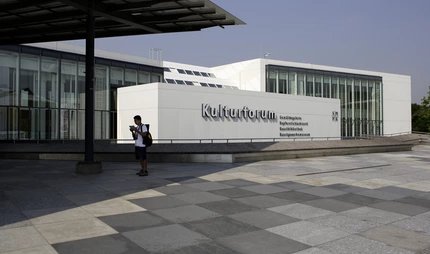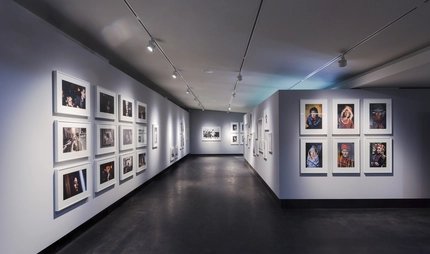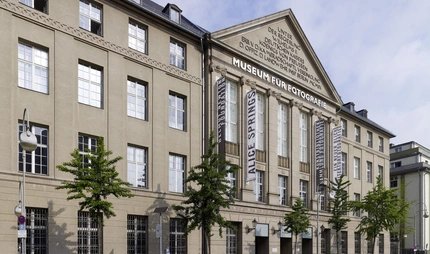
Werkbundarchiv - Museum der Dinge (Museum of Things)
The world of products at the Werkbundarchiv
The new permanent exhibition on the Deutscher Werkbund and the product and design culture of the 20th and 21st centuries is open at the new location at Leipziger Straße 54 in Berlin-Mitte.
From the purist vase to the kitsch snow globe – the Museum der Dinge deals with objects from everyday life. It is centred around the German Werkbund (DWB), a society that values aesthetic things that are simple and useful. The Museum of Things shows you a cross-section of the world of everyday things in wooden display cases.

Between kitsch and design
In 1907, artists and entrepreneurs establish the Deutscher Werkbund. They want objects that are honest, functional, simple and sustainable. The Werkbund designs objects, but always focuses on the future. That's why the DWB founds the Werkbundarchiv Berlin in 1971. Here, the group documents and reflects on the history of product culture. It amasses a sizeable collection ranging from aesthetic commodities to souvenirs, high-profile designer pieces to NoName mass productions. As you go through the repository, situated in a factory building, wooden display cases are stacked with characteristic blue Nivea cans. In another, a crowd of toy figures - Smurfs, Garfield, or Donald Duck. The line between garage and commercial value is quickly blurred. A different case is dominated by simple design: curved glass vases and functional watering cans. The museum has arranged the collection deliberately. In the central room, display cabinets are organised thematically. Here you will find the works of the German Werkbund, that both contrast and are congruent with the objects of today. A unique exhibit is the Frankfurt kitchen. Designed in 1926 by Margarete Schütte-Lihotzky, this standardised kitchen is a prime example of the response to the urban housing shortage and rising population figures after World War II. Economic, efficient, and cheap housing was accompanied by simple facilities. Its combination of aesthetics and efficiency places it at the core of German Werkbund values: sustainable, rational and functional.

Opening hours
| Thursday | |
|---|---|
| Friday | |
| Saturday | |
| Sunday | |
| Monday |



